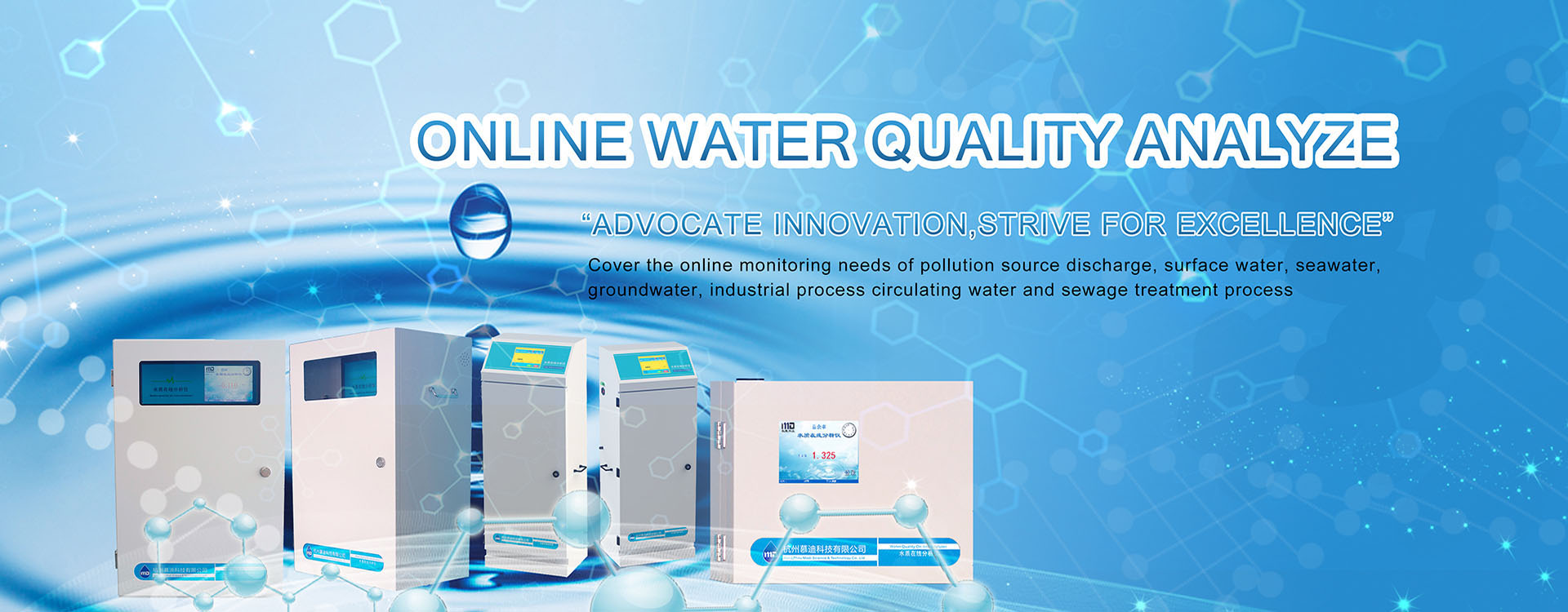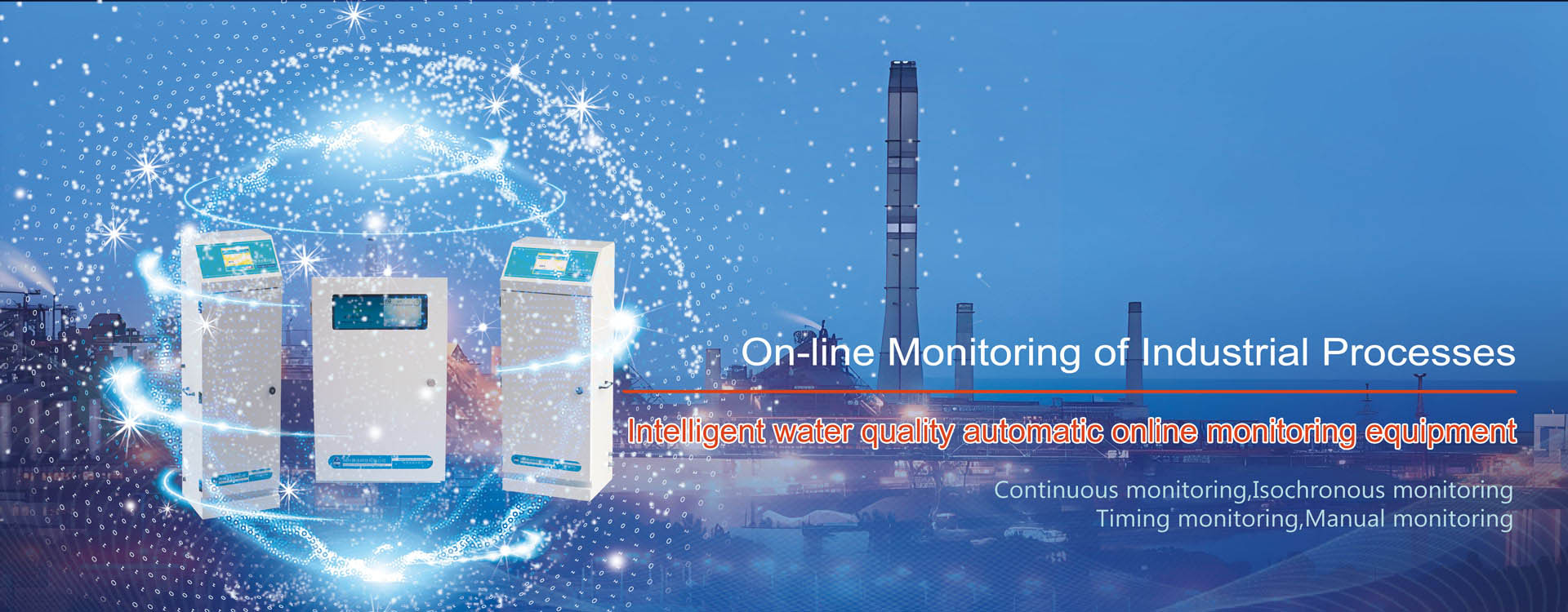With the continuous development of the industrial economy and the continuous improvement of people’s living standards, environmental issues have become problems that we must pay attention to! In the natural environment, the area of water bodies in eutrophication and mesotrophic states is increasing, and the main causes of water pollution are the influence of total phosphorus and total nitrogen. In this chapter, let’s explore together the impact of total nitrogen in water on the natural environment!
First, let’s understand what total nitrogen is? Total nitrogen refers to the collective term for nitrite nitrogen, ammonia nitrogen, organic nitrogen and nitrate nitrogen, and is mainly one of the indicators reflecting water eutrophication. It is a component of the vitamin and energy system. At the same time, it is also an important part of chlorophyll and every living cell. If there is a deficiency of nitrogen, the synthesis of cells will be hindered and the growth of plants will stop. Therefore, applying an appropriate amount of nitrogen fertilizer to plants can promote photosynthesis and enable them to grow rapidly. Once there is an excessive amount of nitrogen, it will cause the leaves to grow too tall and be prone to falling over. Therefore, the balance of nitrogen content is very important!
According to research, the amount of organic nitrogen absorbed by phytoplankton in water bodies is limited. Once nitrogen-containing sewage enters the water source, it is only a matter of time before it exceeds the purification capacity of aquatic plants. Then, algae will multiply and grow wantonly, affecting the ecological balance and causing the death of aquatic organisms.
What is the name of an analyzer capable of detecting the total nitrogen content in water? The instrument for detecting total nitrogen produced by Hangzhou Modi is called the TN-8000 online total nitrogen analyzer. It uses the ultraviolet colorimetric method. Its working principle is that under specified conditions, potassium persulfate oxidant and water sample are oxidized and decomposed by potassium persulfate to convert various nitrogen-containing compounds in the water sample into nitrate. When adjust65ing the acidity or alkalinity of the solution, under ultraviolet light irradiation, the depth of the solution color is directly proportional to the total nitrogen content in the water sample. By measuring the absorbance value of the reaction product, the total nitrogen content can be detected.




